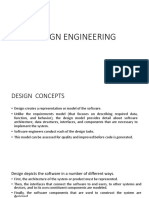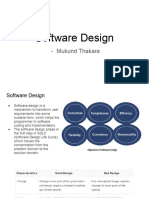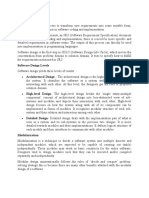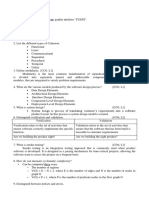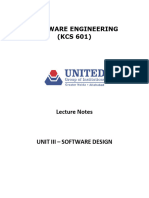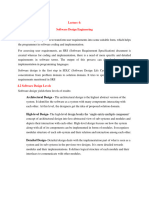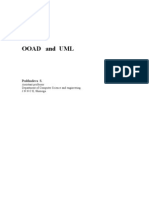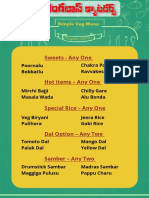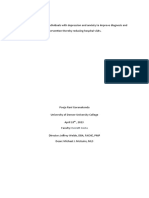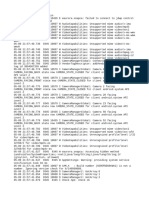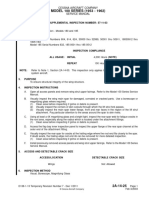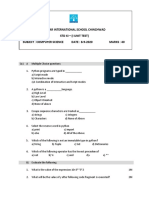0% found this document useful (0 votes)
95 views13 pagesSoftware Development & Testing Guide
The document defines and describes various concepts related to software development including programming languages, models, testing techniques, diagrams, errors, and more. Specifically, it discusses XML, HTML, blackbox testing, waterfall model, requirement analysis, system design, testing phases, UML diagrams, object oriented concepts, design models, software testing attributes, coupling, cohesion, and common coding errors.
Uploaded by
Dereddy ManiCopyright
© © All Rights Reserved
We take content rights seriously. If you suspect this is your content, claim it here.
Available Formats
Download as PDF, TXT or read online on Scribd
0% found this document useful (0 votes)
95 views13 pagesSoftware Development & Testing Guide
The document defines and describes various concepts related to software development including programming languages, models, testing techniques, diagrams, errors, and more. Specifically, it discusses XML, HTML, blackbox testing, waterfall model, requirement analysis, system design, testing phases, UML diagrams, object oriented concepts, design models, software testing attributes, coupling, cohesion, and common coding errors.
Uploaded by
Dereddy ManiCopyright
© © All Rights Reserved
We take content rights seriously. If you suspect this is your content, claim it here.
Available Formats
Download as PDF, TXT or read online on Scribd
/ 13

